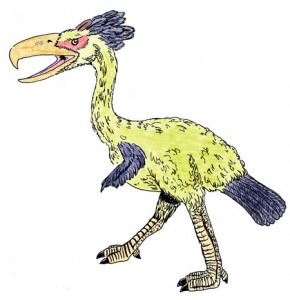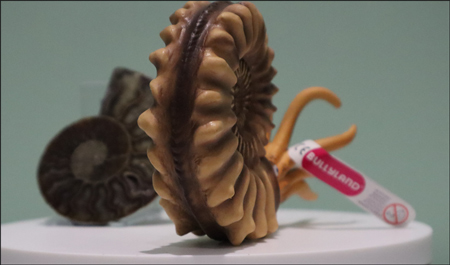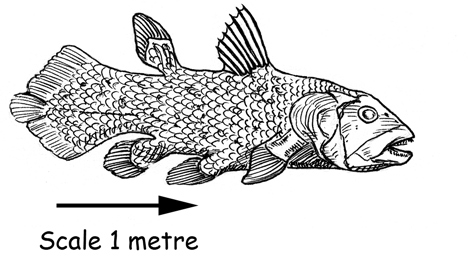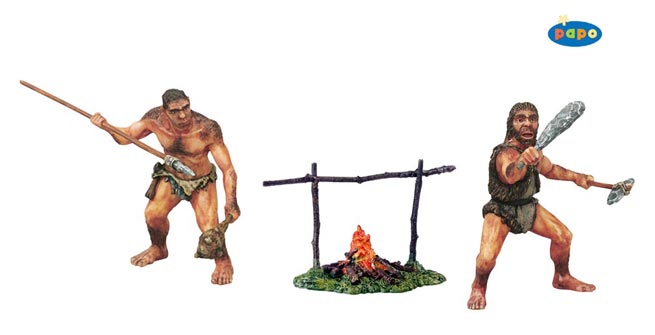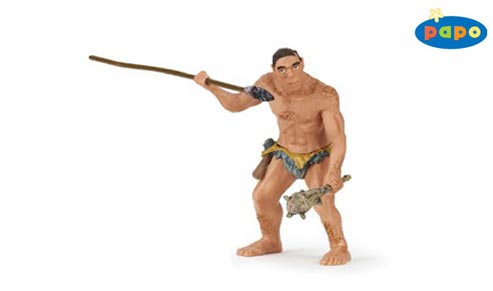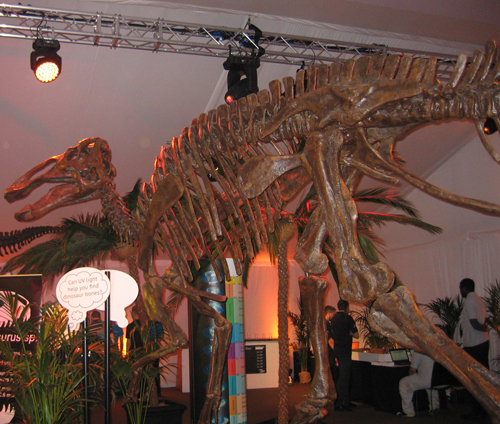New Species of Sauropod as a Result of Excavation in Thailand
New Species of Late Jurassic Sauropod Unearthed in Thailand
A new species of Late Jurassic sauropod has been named and described based on fossils discovered in Thailand.
The lush and extremely scenic south-east Asian country of Thailand may not be the first place that springs to mind when it comes to the discovery of Late Jurassic dinosaur fossils but ongoing excavations in the north-east of the country are revealing a surprising number of new dinosaur discoveries.
Late Jurassic Sauropod
A team of scientists have announced that they have uncovered a new species of sauropod (long-necked dinosaur), from a dig site in Kalasin province in the north-east of the country. A number of recent dinosaur discoveries have been made in Thailand as more of the geology of this country is studied and explored.
Recently, we reported on the discovery of a Cretaceous allosaurid, also from the north-east of the country, although from sediments some fifty million years younger than those from which the sauropod bones were found.
To read more about the allosaur from Thailand: Allosaurus fossils discovered in Thailand.
French palaeontologist Dr Eric Buffetaut and colleague Dr Haiyan Tong have worked on a number of dig sites in this part of the country and they are confident that the fossilised bones recovered so far represent a new species of Late Jurassic sauropod.
Fossilised bones found at the site include a 1.5-metre-long hipbone, a 1.2-metre-long humerus, plus vertebrae and parts of the ribs. The size and scale of the fossilised bones have led the researchers to believe that despite only having a fraction of the entire skeleton to work with this is a new, giant plant-eater.
A Late Jurassic Diplodocid Sauropod Dinosaur
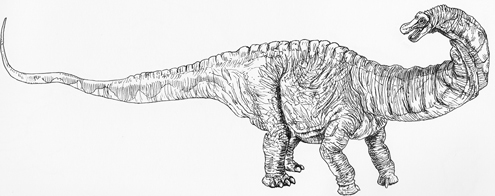
An Apatosaurus dinosaur drawing. A typical Late Jurassic sauropod (diplodocid). Picture credit: Everything Dinosaur.
Picture credit: Everything Dinosaur
Formal description and scientific study will have to wait until more fossils are discovered but the French-Thai team in previous papers published on sauropod fossils from Thailand have suggested that many of their finds will prove to be close relatives found in rock formations of the same age in parts of China. During the Late Jurassic, Thailand and China were biogeographically close, linked by land and with a similar climate and environment.
To view models of Late Jurassic sauropods and other dinosaurs: Dinosaur Toys and Models.


